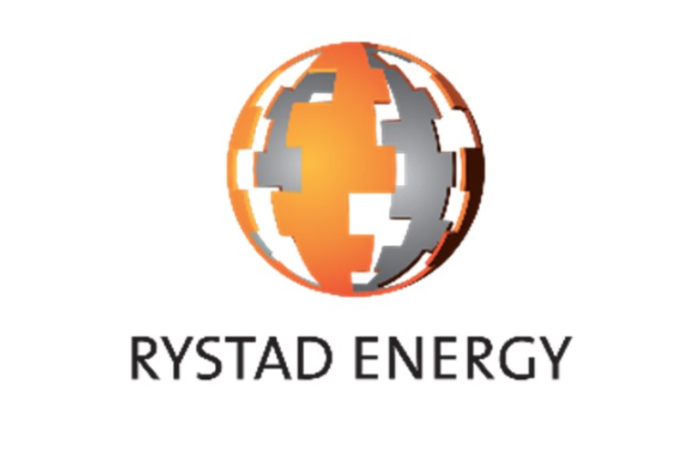Offshore wind is booming, and as turbine and project sizes grow, demand for specialized installation vessels will soar. The market for vessels capable of installing large offshore wind components is quickly being outpaced by growing demand from the global development pipeline, according to recent analysis from Rystad Energy. The global fleet will be insufficient to meet demand after 2025, opening room for more specialized vessel orders and other oil and gas heavy lift vessel conversions.
When translating the volume of offshore wind projects into vessel years for installation scopes, Rystad Energy estimates that the demand for foundation and turbine installations this year is approximately 8 and 13 years respectively. On the supply side of the equation, there are currently 32 active turbine installation vessels (five more have been ordered) and 14 dedicated foundation installation vessels (another five have been ordered).
For the past few years, this has effectively resulted in a relatively oversupplied market, especially in Europe. However, the scale is clearly expected to tip towards an undersupply of installation vessels by the mid-2020s. With more offshore wind projects down the line, Rystad Energy expects installation vessel demand will be four to five times higher than today’s figure by 2030.
Moreover, there are currently only four vessels capable of handling the next generation of turbines, such as GE’s Haliade-X 12 MW (or 13 MW in boosted mode), which is expected to be commercial in 2021. As technology advances and future-generation wind turbines will get even bigger, the existing fleet of vessels is not likely to have enough capacity to install them.
“We identify the heavy-lift vessel segment as the key bottleneck for offshore wind development from the middle of this decade, and the need for next-generation vessels may slow the cost reductions expected in offshore wind,” says Alexander Fløtre, product manager for offshore wind at Rystad Energy.
In 2005, the average offshore turbine had a capacity of 3 MW; projects expected to start up in 2022 now have an average turbine size of 6.1 MW. Moreover, as the cost efficiencies gained from using larger turbines are becoming an increasingly important driver of commerciality, Rystad Energy expects new projects will favor larger turbines over the smaller equipment seen in most offshore wind farms to date.
After turbine and foundation manufacturing, the installation phase is the most capital-intensive development process, consuming about 20% to 30% of total capital expenditures. For a 1 GW project comprised of 100 turbines, this could add up to $800 million to $1 billion, from which about 15-20% and 8-10% is earmarked for foundation and turbine installation costs, respectively.
Between 2000-2010, the offshore wind market’s slow growth and relatively light equipment (2-4 MW turbines) posed no real challenge to the existing fleet. Yet in 2014-2015 turbine sizes began to increase substantially, especially in Europe, and with them the need for larger crane capacities and lifting height. Early players in the vessel market were able to anticipate this shift and optimize fleets to serve these larger projects. Nevertheless, it is evident that competitive features that were considered “high-spec” only three years ago are already outdated.




